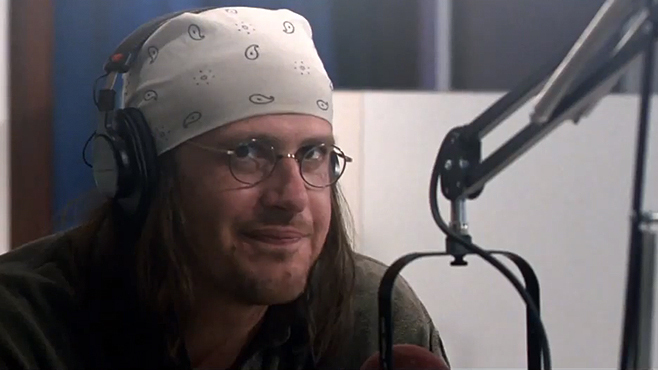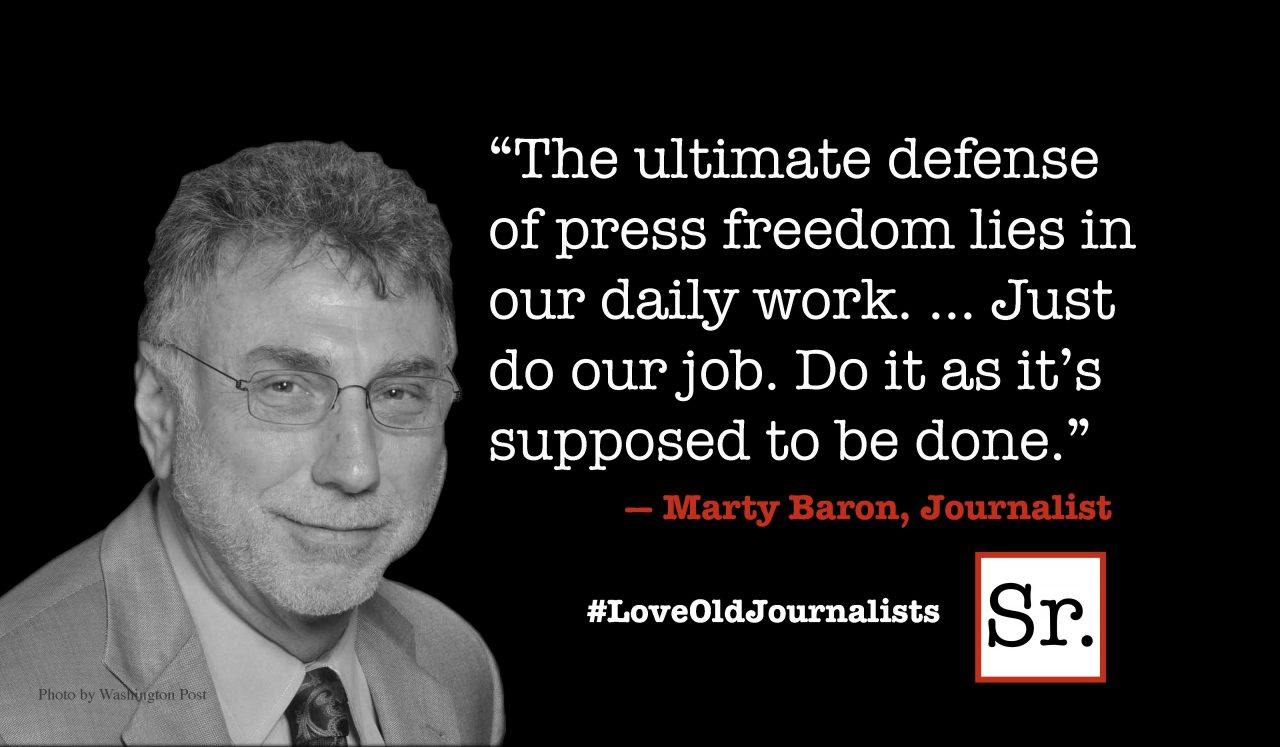“End of the Tour” could not be more out of fashion.
Mostly it’s just two guys talking.
Yet James Ponsoldt’s film is a sublimely moving experience, a two-handed mini-drama woven from the threads of ambition and mortality.
What’s more, it allows Jason Segal — usually a shambling funny man — to give the sort of performance that earns Oscar nominations and changes careers.
Based on journalist David Lipsky’s memoir of several days spent on the book tour for David Foster Wallace’s novel Infinite Jest, the film embraces a subtlety and richness of character virtually absent from today’s short-attention-span cinema.
The film begins in 2008, when Lipsky learns of Wallace’s suicide. Then it jumps back to 1996 and the media frenzy over Infinite Jest, a 1,000-page novel that was less a story (though it was set in a dystopian near future) than it was about the experience of being David Foster Wallace.
Lipsky (Jesse Eisenberg) is a Rolling Stone writer — and an unsuccessful novelist, that’s really important — chafing beneath assignments about boy bands. Snowed by Wallace’s just-published novel (Time magazine has since named it one of the 100 best English-language novels between 1923 and 2005) and arguing that “writers matter,” he convinces his magazine’s editors to let him accompany Wallace on the final leg of his book tour, a trip to the Twin Cities.
The two will spend a night at Wallace’s snowbound rural home outside Bloomington, Indiana (where he teaches literature at the university), then fly to Minnesota. There will be plenty of time to talk in cars, on planes and over meals.
The role of Lipsky certainly poses no great challenge for Eisenberg — a bit of Woody Allenish-neurosis and he’s good to go.
Segal, on the other hand, undergoes a rather startling transformation. It’s not just the round spectacles, lumberjack shirt and ever-present head bandana that are essential to the costume. What impresses is the way this comic actor has transformed himself into a sort of lumbering child-man, changing his bearings, his posture. Even his voice shifts into a flat Midwestern drone with just a touch of breathiness.
There’s a period of adjustment as the two men cautiously size one another up over beers in Wallace’s living room. They talk about pop culture. Wallace is obsessed with singer Alanis Morissette (“She’s pretty in a very sloppy, very human way”) and the two dopey black labs he recently rescued from the pound.
The tensions in their relationship spring from pretty obvious sources. Wallace is beginning to regret agreeing to the long interview, wondering if he wants to reveal so much about himself beyond his novel’s pages.
Lipsky has the usual interviewer’s anxieties — can he get close to his subject without actually befriending him and violating journalistic distance? Will he be able to dig up enough interesting stuff to justify the time and expense? (At one point Lipsky uses a trip to the bathroom to catalog the contents of Wallace’s medicine cabinet — is that a betrayal or a journalistic duty?)
But there are other issues at play. While liking Wallace (who combines intellectual depth with a puppyish quality), Lipsky also envies his subject, not only for Wallace’s literary success but for the charm with which the big fellow holds a telephone conversation with Lipsky’s live-in girlfriend (Anna Chlumsky) back in NYC.
Later their talks will hit some pretty serious topics: Wallace’s early suicide attempt and a voluntary stay in a mental ward, the writer’s sense of isolation and loneliness (fame, apparently, doesn’t answer all one’s needs).
Donald Marguiles’ fiercely intelligent screenplay periodically provides relief from this intellectual Abbott & Costello act to introduce other characters.
Joan Cusack is consistently amusing as a chirpy publisher’s representative who guides the pair around Minneapolis; Mamie Gummer and Mickey Summer are a couple of women friends from Wallace’s college days — and the source of a near explosion when Wallace becomes convinced that Lipsky is hitting on them.
Ultimately “End of the Tour” is about the human condition. We’re entertained while watching; after we find ourselves hovering somewhere between profound loss and transcendent wonder.









